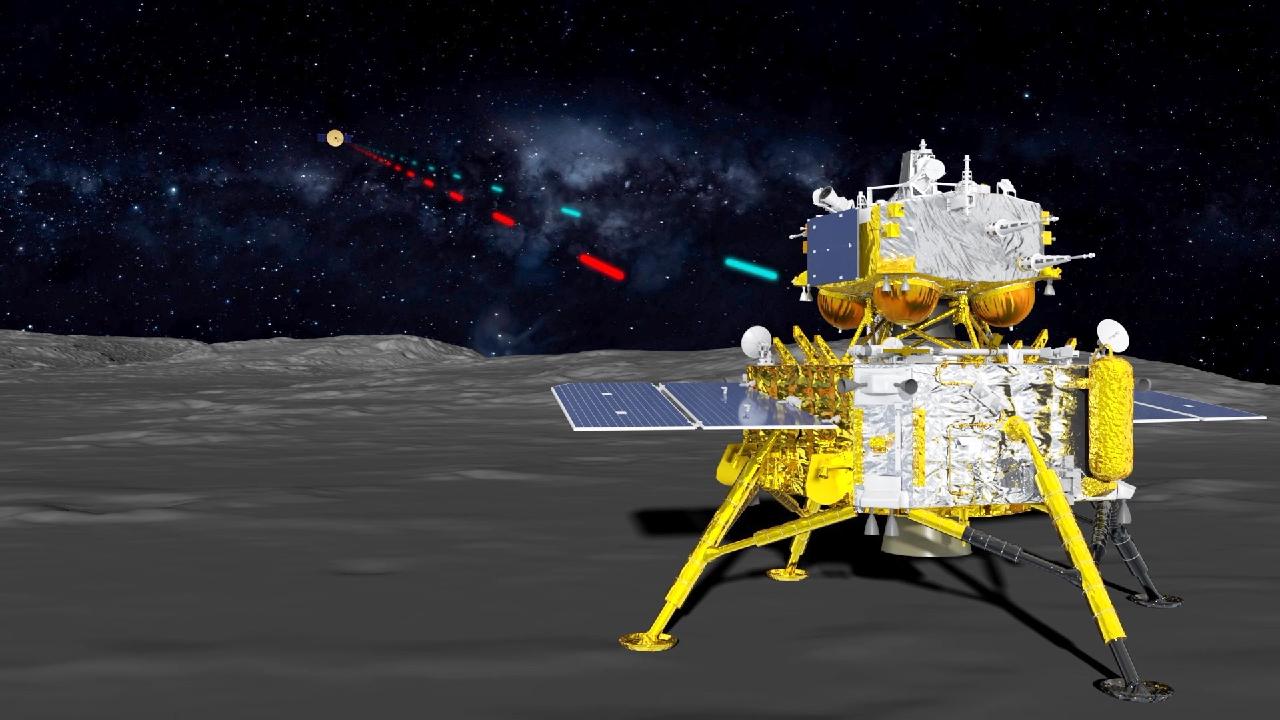Long March 1 Rocket Launch: China's Milestone

The successful launch of the Long March 1 rocket on August 19 underscores the rapid evolution of China's commercial space sector, illustrating not only technological advancement but also heightened ambitions on the international stage. In an era where satellites are essential for communication, navigation, and research, the ability to conduct frequent and reliable launches is increasingly vital. The Long March 1’s ability to integrate assembly, testing, and launching processes marks a significant step toward a more streamlined and efficient space industry.
The Long March 1 has been designed as a medium-sized solid launch vehicle specifically tailored for the quick deployment of small to medium satellites into low Earth orbits. Capable of delivering payloads of up to 1.5 tons to a solar-synchronous orbit, its modular approach allows for unprecedented flexibility in servicing various customer needs, including shared launches, which is a cost-effective method for satellite operators. With successful past missions that have already placed 70 satellites into orbit, this rocket is well-positioned to cater to both domestic and international markets, thanks in part to its new self-built assembly and testing facility, which enhances launch preparation efficiency dramatically. The expected capacity to conduct 30 annual launches places it firmly in line with the increasing global demand for satellite deployments.
This expanded capacity can be compared to moving from a home kitchen to a fully operational restaurant kitchen; the scale of production and efficiency in the latter allows for faster service and more patrons. Moreover, the rocket's collaboration with countries like Pakistan and the UAE highlights an important trend within global space exploration efforts: the increasing interdependence of nations regarding satellite technology and space research. As China pushes to establish itself as a key player in the international aerospace domain, its commitment to high-density launch capabilities reflects a broader shift towards commercialization in space.
The Long March 1's unique position in the rapidly advancing landscape of commercial space launch services raises important questions about the future of global space endeavors. As the barriers to entry lower, how will traditional space powers respond to emerging players like China? Will we see an increase in collaborative interstellar projects or heightened competition? The answers will undoubtedly shape our collective approach to utilizing space for the benefit of humanity.
Read These Next

China Unveils Plan to Boost Certification and Accreditation Systems
China's action plan aims to enhance certification systems from 2024 to 2030, boosting industry standards and international cooperation.

Scientists Heat Gold Beyond Sun's Temp Without Melting
A commentary on the recent discovery of heating gold to extreme temperatures without melting, challenging existing theories of material properties.

Chang'e-6 Lunar Samples to Be Featured at 15th Airshow China
China's Chang'e-6 lunar samples will be showcased at the 15th Aviation and Aerospace Exhibition in Zhuhai this November.
